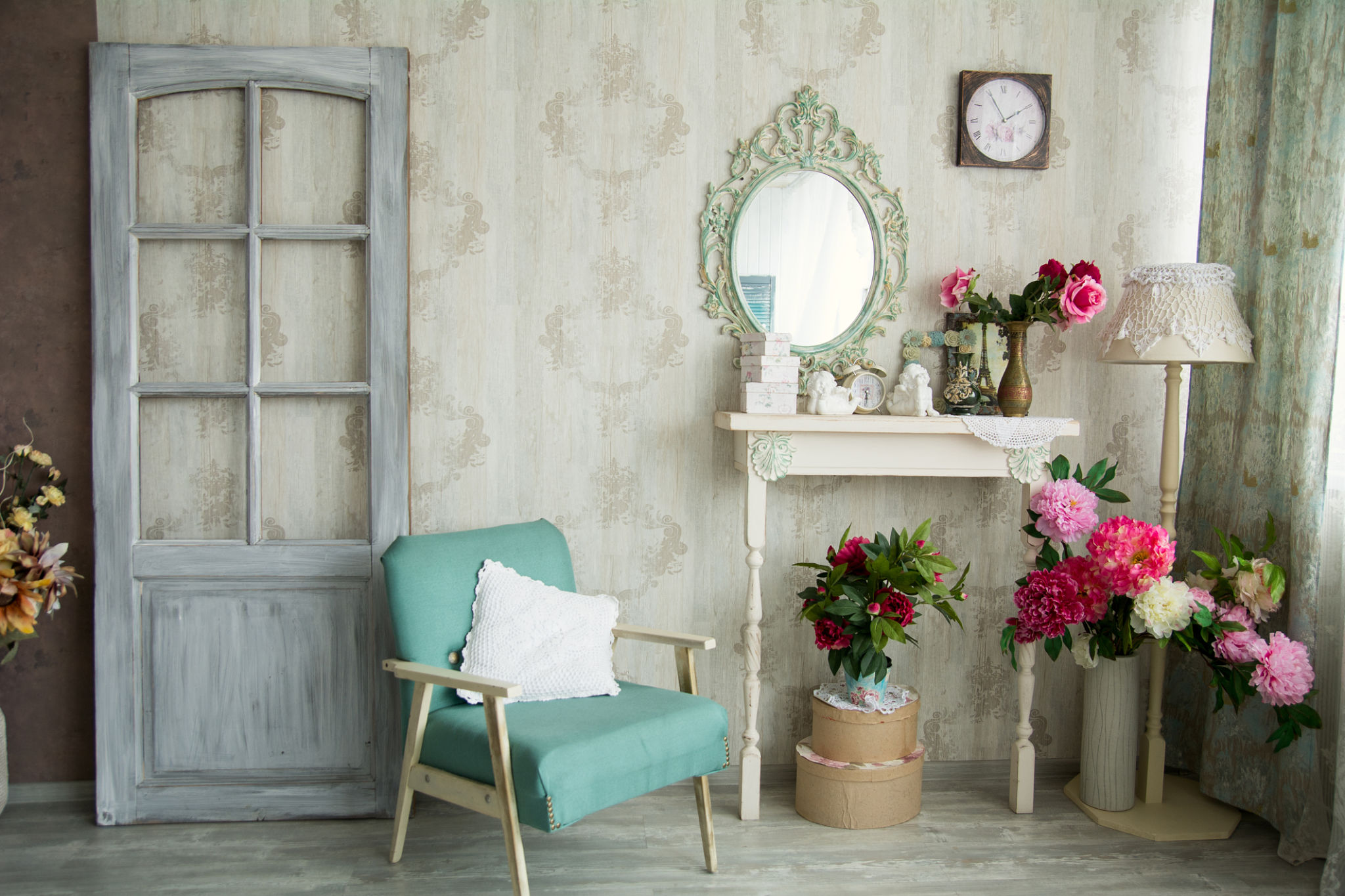Debunking Common Home Decorating Myths: What You Really Need to Know
Myth 1: Small Spaces Should Only Use Light Colors
One of the most persistent myths in home decorating is that small spaces can only be decorated with light colors. While it's true that light colors can make a room appear larger, it doesn't mean you have to avoid darker shades altogether. In fact, incorporating darker hues can add depth and contrast, making your space feel more dynamic and intimate.
Consider using darker colors as accents or on a single wall to create a focal point. This approach can help break the monotony and bring character to your space without making it feel cramped.

Myth 2: Everything Has to Match
Another common misconception is that everything in your home must match perfectly. The truth is, mixing different styles, textures, and colors can create a more interesting and personalized space. A home that looks like a showroom lacks personality, so don't be afraid to mix and match.
Try combining vintage pieces with modern elements or contrasting textures like wood and metal. This eclectic approach can lead to a more vibrant and inviting atmosphere.
Myth 3: You Need to Spend a Fortune
Many people believe that decorating a home requires a significant financial investment. However, this myth couldn't be further from the truth. You can achieve stunning results on a budget by focusing on strategic changes.
- Thrift shopping for unique finds
- DIY projects for custom pieces
- Rearranging existing furniture

Myth 4: Artworks Should Be at Eye Level
The "eye level" rule often leads to confusion. While it's a good guideline, it doesn't mean every piece of art must adhere strictly to this rule. Consider the context of the artwork and the room's layout when deciding on placement.
If you're working with a gallery wall or have high ceilings, feel free to experiment with different heights. The key is to create balance and harmony, not strictly adhere to outdated rules.
Myth 5: Minimalism Means Bare and Boring
Minimalism is often misconstrued as having little to no decor. In reality, minimalism is about intentionality and simplicity, not emptiness. A minimalist space can be warm and inviting with the right elements.
Focus on quality over quantity by selecting pieces that serve a purpose or bring joy. Use textures and materials like soft fabrics and natural wood to add warmth without cluttering the space.

Embrace Your Personal Style
Ultimately, the most important aspect of home decorating is expressing your personal style. Don't let myths dictate your choices or limit your creativity. Instead, focus on what makes you feel comfortable and happy in your home.
Remember, rules are meant to be broken, especially when it comes to creating a space that reflects who you are. Trust your instincts, experiment with different ideas, and most importantly, have fun with the process.
